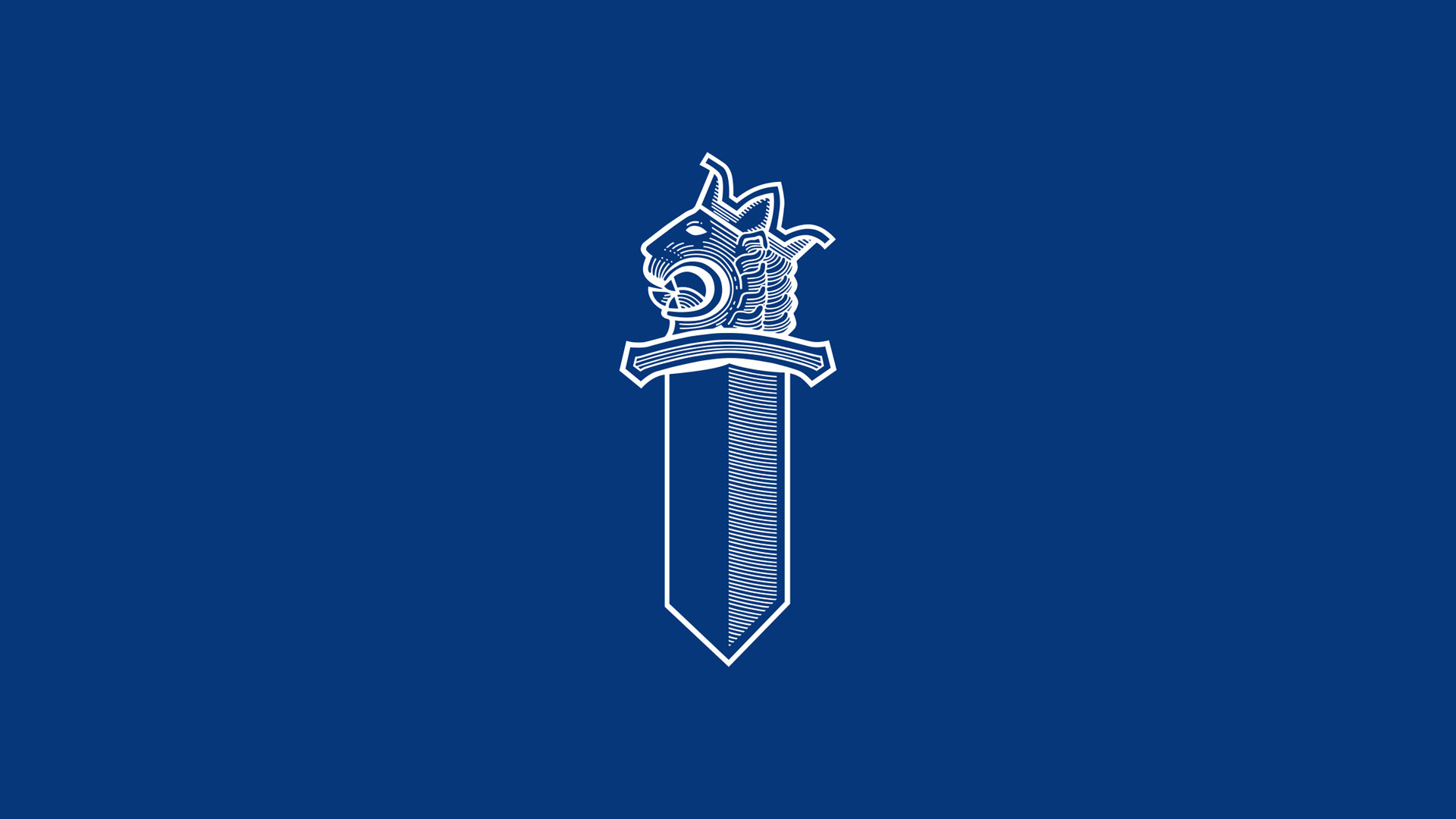A police camera drone takes off every day and the operations are at the top in the world — drones save money and time, as well as lives
The use of camera drones has become a part of daily operations for the police in Finland. Drones provide the police with eyes in the sky, and even help save lives.
Unmanned Aircraft Systems (UAS), or drones, are used by the police in their operations every day. In approximately half of the missions performed with a camera drone, the drone is sent in the air to search for a missing person, but they can also be used to do much more.
In 2015, the police bought the first camera drone for technical investigation. It was used for aerial photography of accident and crime scenes. Since then, the progress has been rapid. At the moment, the Finnish police have more than 600 trained pilots.
From the beginning, Finland has been a pioneer in drone operations compared with the authorities of other countries. In many other countries, camera drone use was initially a special activity that only separately trained police officers were allowed to do. In Finland, the strategy has been from the very beginning to make drones an everyday tool. It also ensures that drones are being used whenever they are needed.
“We have drones in our patrol cars. We can be proud of being among the world’s top experts”, says Chief Inspector Tuukka Skottman, senior officer responsible for the UAS operations at the Helsinki Police Department.
The police have their own drone operations, but they are also prepared for counter-actions, that is, possible threats created by drones.
A drone provides the police with a live map
Various events and demonstrations cause work to the police, especially in Helsinki. In some areas in the city centre, crowd movements can be tracked with static city cameras, but the best picture of the situation is provided by a real-time aerial view. From the sky, one can follow the progress of demonstration groups, such as those seen on the streets of Helsinki on Independence Day.
“Camera drones are the eyes of the police in the sky. The most important benefit is that they create a broader view of the situation for the police”, Skottman says.
One of the important tasks of unmanned aviation is to enhance the view of the situation that the police have from the field to the command centre or, for example, to the control unit of the police.
The benefits provided by drones are diverse. In addition to everyday police work, camera drones are also used for special operations, such as those of the national Rapid Response Unit Karhu. Aerial photography can be used, for example, to assist in safety inspections related to explosives. Most recently, traffic control drones have been introduced. The police can also support other authorities with their drone operations.
Time and money savings
Camera drones became more common in police operations because of the government’s digitalisation goals. The intention was to make the work more efficient, and this has been achieved.
“For example, documenting accident sites used to take a lot of time when the police had to draw distances by hand. Today, the same thing can be accomplished much faster, and traces can be collected accurately”, Chief Inspector Tuukka Skottman says.
In addition to saving time, money has also been saved. For example, when the police search for a missing person, a drone equipped with a thermal camera can be used. The police do not need to borrow a helicopter from the Border Guard and wait for it to arrive, as their own drone can be quickly launched into the air.
“Renting a helicopter is significantly more expensive and slower than sending an agile drone into the air. However, the drone cannot transport people, for example, which means that helicopters are still needed as well”, Skottman says.
Drones have also increased the safety of the police. Earlier, police work on rooftops always required a police officer to climb. Today, high locations and situations can also be quickly checked with the help of a camera drone.
Trust in skills and a desire to develop
At the Helsinki Police Department, unmanned aviation functions as part of the command centre, but the training of new pilots takes place centrally at the Police University College. Finland’s development to the top of the world has also been helped by a positive attitude. New technologies are used and learned open-mindedly.
“We can also compensate for the fact that there are fewer police officers today. The organisation also encourages police officers to learn how to use different tools in their work. We trust the skills of the police officers”, Skottman says.
In unmanned aviation, the police follow the state’s aviation regulations, which differ from the civilian aviation regulations. The drones used by the police are both commercial and non-commercial. Increasingly, the camera also includes a high-resolution thermal imaging camera, which is an important tool for the police.
Chief Inspector Tuukka Skottman remembers several cases where a drone has helped save people’s lives.
“One time, we were looking for a person who had fallen into a river during a cold winter time, but luckily they had managed to get out of the river by themselves. The police had no information about the person’s location, so a drone with a thermal camera was sent in the air to check the long river banks. With the help of the drone, the person was found in time.
Read more: There is one place in Finland that plays a critical role in particularly demanding police tasks – the Helsinki command centre supervises and is ready 24/7 – The police
socialShareGray




